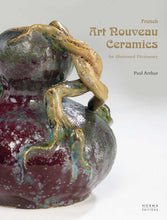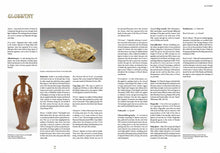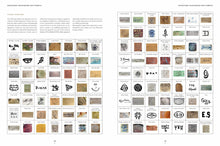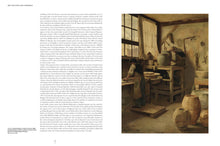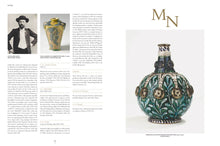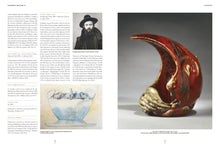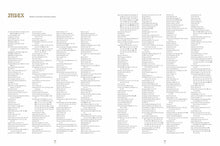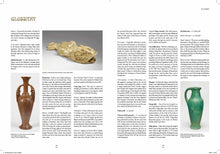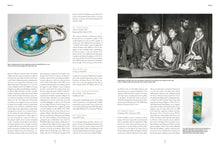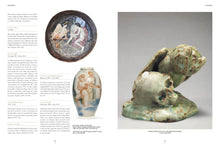
- En savoir plus
- L'auteur
The end of the 19th and the beginning of the 20th century was a particularly prosperous period for French ceramics, which adopted the curves, shapes and iconography of Art Nouveau. In 1901, nearly 210 potteries or workshops employed nearly 6,000 people inspired by nature, the Rococo style, frivolous and voluptuous aspects, and Chinese or Japanese art. The Chinese Gate opened in 1853; Félix Bracquemond discovered one of the volumes of the Hokusai Manga and in 1856 decorated a porcelain service with motifs taken from the work.
Thanks to figures such as Jean Carriès, Ernest Chaplet, known for his research on Chinese “oxblood” red and his mastery of enamels, Pierre-Adrien Dalpayrat and his green or blue flames, and ceramists such as Dammouse or Delaplanche, brought together by Braquemond and Charles Haviland at the Ateliers d'Auteuil, ceramics evolved into an art in its own right.
This dictionary offers an exhaustive study of all the ceramists known to date who participated in the Art Nouveau movement in France, working with stoneware, earthenware and terracotta.
With a list of nearly 1,200 ceramists, workshops or galleries, and illustrated with 900 pictures, this book also allows you to discover the ceramics work of artists recognized in other fields: Redon, Renoir, Toulouse-Lautrec, Dufy, Rodin, Claudel...
An index of names and places of production, a very detailed bibliography and more than 250 signatures make this dictionary a unique synthesis and an exceptional tool for the study of French Art Nouveau ceramics.
• 23 x 30.5 cm
• 424 pages
• 650 illustrations
• ISBN: 978-2-91554-2653
Text in English only
Paul Arthur est professeur à l’université de Salerno et directeur de recherche en archéologie. Ses principaux domaines de compétence sont l’étude de la formation et du développement des peuplements à l’époque médiévale, l’étude du paysage et l’écologie humaine, ainsi que la céramique. Il s’est spécialisé dans l’étude de la céramique Art nouveau française, s’attachant à faire redécouvrir des ateliers ou des artistes peu connus tels que l’Atelier de Glatigny, Alfred le Chatelier, les Baudin, Delbet, ainsi que les céramiques éditées par Léon Moline, Jules Wolf et d’autres..










